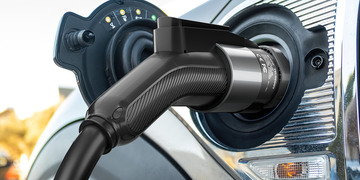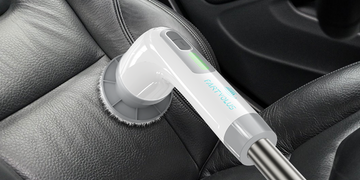As electric vehicles (EVs) continue to revolutionize the automotive landscape, one of the key considerations for EV owners is understanding the difference between AC (alternating current) and DC (direct current) electric vehicle chargers. The primary difference between AC (alternating current) and DC (direct current) electric vehicle (EV) chargers lies in the type of current they deliver to charge the vehicle's battery. Here are the key distinctions:
Current Types: AC vs. DC
AC Charger (Alternating Current): AC chargers supply electricity in the form of alternating current, which periodically reverses direction. The standard household electrical outlets deliver AC power. Most electric vehicles come with onboard chargers that convert AC power to DC power to charge the battery.
DC Charger (Direct Current): DC chargers provide electricity in a unidirectional flow, meaning the current moves in a single direction. DC fast chargers deliver high-voltage DC power directly to the vehicle's battery, bypassing the need for the vehicle's onboard charger to convert AC to DC.
Charging Speeds: AC vs. DC
AC Charger: AC charging is generally slower compared to DC charging. The charging speed is limited by the vehicle's onboard charger, and typical AC chargers have power outputs ranging from 3.7 kW to 22 kW.
DC Charger: DC fast chargers are designed for rapid charging and can deliver much higher power levels. Charging speeds can range from 50 kW to 350 kW or more, allowing for a significant charge in a shorter amount of time.
Use Cases: Where and When to Charge
AC Charger: AC chargers are commonly found in residential areas, workplaces, and locations where vehicles are parked for an extended period (Level 1 and Level 2 chargers). They are suitable for overnight charging or during the day when a vehicle is parked for an extended period.
DC Charger: DC fast chargers are typically installed along highways, at service stations, and in locations where users need to charge quickly during a journey. They are well-suited for long-distance travel and situations where a fast charge is essential.
Charging Standards: AC vs. DC
AC Charger: AC charging standards are more standardized globally, with the SAE J1772 and Type 2 (IEC 62196) connectors being commonly used in different regions.
DC Charger: DC fast charging standards vary more globally. The CCS (Combined Charging System) and CHAdeMO are two widely used DC fast charging standards, with different regions favoring one standard over the other.
Cost and Infrastructure: AC vs. DC
AC Charger: AC chargers are generally less expensive to install than DC fast chargers. They are also more prevalent in everyday locations, contributing to a more widespread charging infrastructure.
DC Charger: DC fast chargers are more expensive to install due to their higher power requirements. They are strategically placed along major travel routes and highways, providing a network for long-distance EV travel.
What is the difference between AC and DC electric vehicle chargers? AC chargers are commonly used for slower, more prolonged charging, while DC fast chargers are designed for rapid charging during journeys. The choice between AC and DC charging depends on factors such as charging speed requirements, travel patterns, and the user's access to different charging infrastructure.





